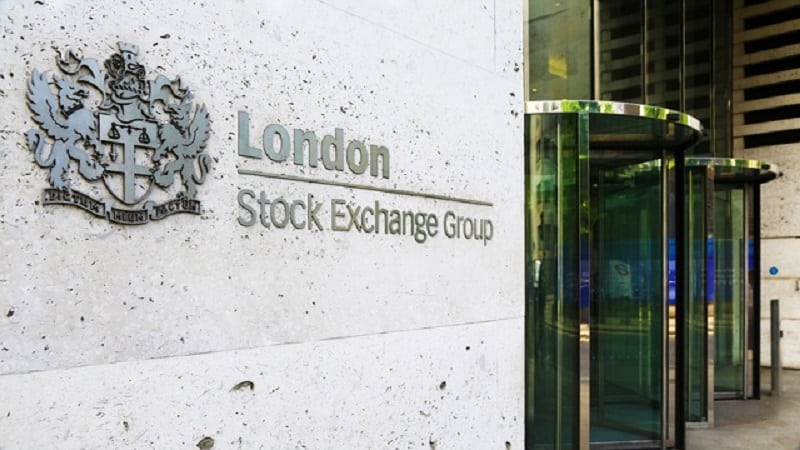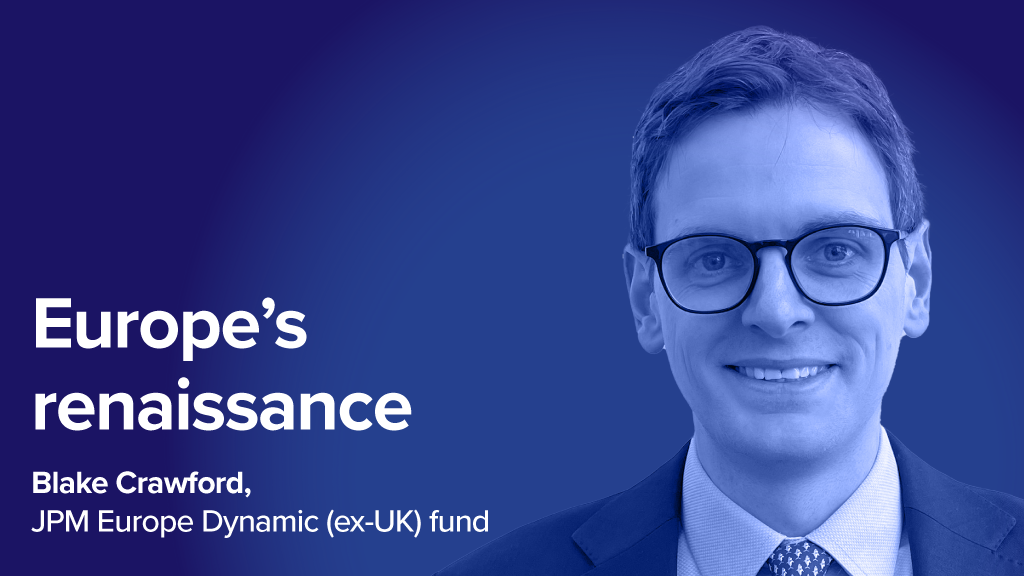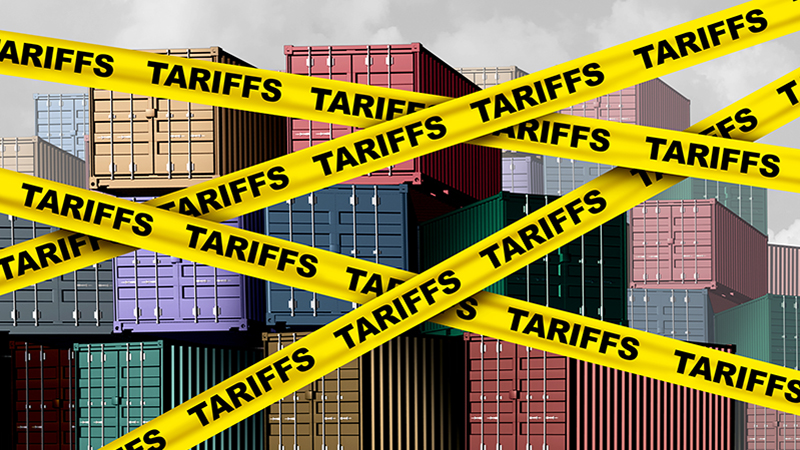By Paul Diggle, chief economist at Aberdeen Investments
Donald Trump’s tariff announcements earlier this month have injected uncertainty into the economic outlook and volatility into financial markets.
There are six key takeaways for investors to watch out for, the first one being that the increase in US tariffs is bigger than the Smoot Hawkey increases.
Calculating the precise US average weighted tariff rate on the rest of the world is a moving feast. However, the average US tariff is 23%, while on China specifically it is above 100%.
This is up from 3% at the start of Trump’s second term. These are levels last reached in the early 1900s, and bigger than the Smoot-Hawley increases that worsened the Great Depression.
Uncertainty about what comes next is profound
For the purposes of conditioning our baseline economic forecasts, a medium-term ‘steady state’ could involve a 10% baseline tariff, about half of the currently paused reciprocal tariffs being reimposed, a 60% tariff on China (with equivalent retaliation), 25% tariffs on Canada and Mexico but with a USMCA carve-out, and 25% sector-specific tariffs on cars, metals, electronics including semiconductors, and pharmaceuticals. The weighted average US tariff would be about 18%.
A framework to think about this set-up is that the baseline tariff is Trump’s revenue raiser for tax cuts, the China tariffs are part of long-term economic decoupling, and the sector tariffs are about protecting strategically important industries.
See also: US trade tariffs trigger rocky ride for dollar
But all sorts of other scenarios are possible.
The 90-day delay on the reciprocal tariffs could be just that, after which they are fully reinstated. US-China tit-for-tat retaliation could continue, or the trade war expand to include critical mineral export bans or China selling US bond holdings. And a global trade war could develop if other countries tariff one another amid dumping of excess exports.
There are also upside scenarios. Trump may be so chastened by the treasury market sell-off, deteriorating consumer and business sentiment, and pressure from donors, that he pivots from tariffs towards tax cuts and deregulation.
A stagflationary shock for the US, and a growth shock elsewhere
Higher tariffs raise costs and lower disposable income for US consumers. Lower equity prices and higher bond yields tighten financial conditions.
And uncertainty means consumers and businesses put off decisions. We forecast US GDP growth averaging 1.3% in 2025, down from 2.8% in 2024. A recession is very possible.
We forecast US inflation of 3.2% this year, up from 2.9% last year, as higher goods prices more than offset the steep fall in oil prices and the disinflation that was underway.
See also: The US funds that lost the most from Trump’s tariffs
Weaker growth but higher inflation creates a dilemma for the Fed that will probably prevent the Fed delivering the amount of rate cuts markets have priced. We are forecasting two cuts this year, and the fed funds rate falling to 3% by the end of next year. However, rate cuts would be much greater in a recession.
For the rest of the world, tariffs are a negative growth shock that also weighs on inflation, meaning more monetary easing. We have downgraded our global growth forecasts to 2.7% in 2025 and 2026, below the 3% trend rate the world could be growing at, but not quite a global recession.
The US may be a less attractive place to deploy capital over the long run
The decline in US stocks has been larger than elsewhere because they started from more elevated valuations. But this premium hasn’t been fully unwound and may have to be if investors reassess the ability of US firms to generate high returns over the long run.
After all, tariffs lower trend growth by reducing efficiency, while the US policy environment may be inherently unpredictable under a forceful executive and more compliant legislature and judiciary.
The rise in US bond yields suggests markets are reassessing the safe-haven status of US government debt. Typically, investors flock to treasuries in times of uncertainty. But this period looks different, given the tail risks that the administration does something unprecedented.
And as capital flows out of US assets, the value of the dollar has declined. The combination of US equities, bonds, and the dollar all falling looks more like an Emerging Market sovereign crisis than the price action of the provider of the global safe asset.
We are still modestly positive corporate risk, including DM equities, over a medium-term horizon. But this is increasingly rotating into European or Chinese assets. And we are neutral the dollar, which is unlikely to provide its typical hedge to global growth risks or further tariff increases.
Standard ’60/40′ portfolios are unlikely to provide sufficient diversification
There is nothing inherent about the negative correlation between equities and bonds which has in the past made them good diversifiers.
As we move into a world of more supply shocks from supply chain disruptions, geopolitical shocks, and climate change, this correlation will increasingly run the other way. Supply shocks push growth and inflation in different directions and so push bond and equity prices in the same direction.
We are still positive duration including global government bonds, because they may still protect against the downside recession scenario in which central banks cut a lot.
PA Live: Global equities and Trump volatility: Start of a new cycle?
But we have added a range of private markets to our house view. Certainly, global property faces risks from the economic outlook, pricing in parts of private credit may be stretched, and global infrastructure could be less attractive for private capital if government’s themselves build more.
However, what these assets may add to portfolios is less exposure to the economic cycle and more diversification.
Time in the market will still beat timing the market
Long-term returns are generated by investing regular amounts in a broad range of appropriately diversified assets and holding these positions for substantial periods of time.
While active asset managers may be able to add value by tactically switching in and out of positions, this is of secondary importance. Investors are rewarded for lending to firms and governments for productive uses, and this will remain true.










